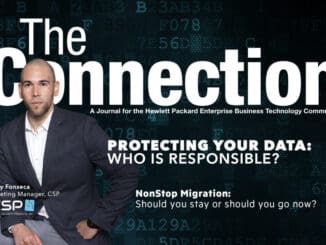Everyone and every company seem to be designing for the cloud. Of course “the Cloud” means different things to different people but in general I think we can agree that when the term comes up it means something like Amazon or Azure. One has the capability of quickly bringing up compute resources including servers, storage and networking. One will only be charged for what one uses and for how long it is used. One can stop anytime. The presumption is that this is much better than owning resources and having them sit idle, or at least not fully utilized. As usual, people want something that is available whenever they want it for as inexpensively as possible. For that they are willing to accept some risks including availability, security and an eventual, not immediate, database consistency. It is good, perhaps not great, but solidly good. NonStop is looking for customers and businesses that require great. NonStop has a long history of interfacing to “the Cloud”. In the early days Keith Moore and I were discussing the ‘Silver-Lining Architecture’ to protect resources that were on the cloud. This developed later into GuardianAngel where NonStop’s Pathway monitors were running serverclasses off platform and in the public cloud while still being controlled by NonStop with the inherent advantages of Pathmon – scale up (more instances) if response time started to slack off. Recovery in some instances failed. Automatic shutdown of instances as load decreased. Now with virtual NonStop we have real integration with a cloud, not ‘The Cloud’ (public), but a cloud (private) by allowing NonStop instances to be spun up, with several configuration requirements, but spun up nonetheless.







